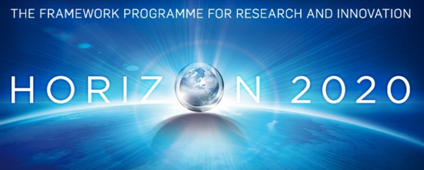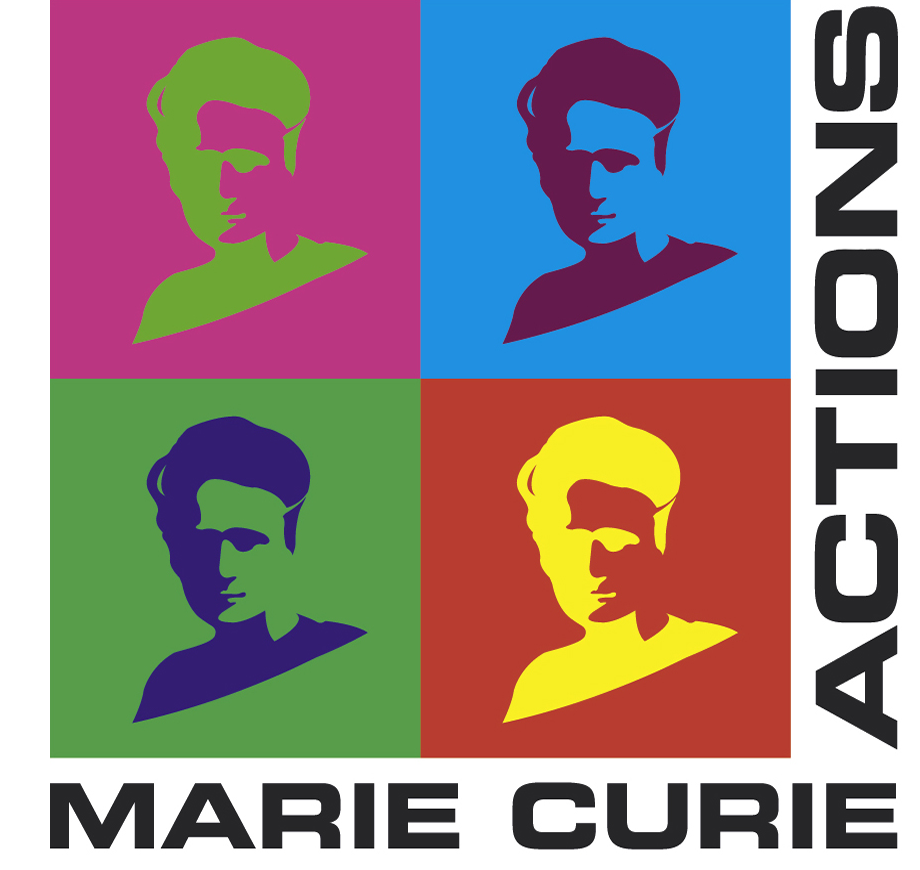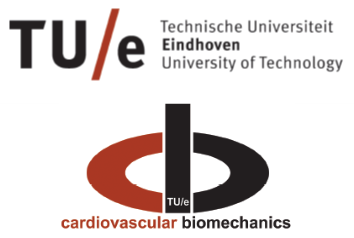Project overview
Cardiovascular pathologies are the main cause of death or permanent disability, affecting about 20% of the European citizens. Cardiac pathologies often have lethal consequences and cause direct and indirect costs of hundreds of billions euro for the Union’s healthcare system. Despite continuous advancements, there are ever emerging problems in cardiac care which require solutions combining science, medicine and technology, specifically: 1) for the treatment of heart diseases with surgical and interventional approaches; 2) for diagnosis and treatment planning based on medical imaging; 3) for new prognostic tools based on a better understanding of patho-physiology.
The MUSICA Programme gathers medical professionals, academia and industry to take up the main challenges in these fields, integrating the training of next generation research professionals in cardiac care with the development of breakthrough technologies, for a more effective treatment of patients.
MUSICA action is orchestrated in three main branches of research activities (or work packages, WPs)
|
WP1: Minimally invasive heart surgery and percutaneous valve therapies |
WP2: Image-based patient specific cardiac modeling |
WP3: In vitro and in silico tissue models |
|
Front-end approaches to valve treatment now imply shorter hospitalization, less pain and discomfort, and lower costs. No-open chest treatments are performed with specific operating tools, such as devices introduced via catheters. Unsolved issues include maneuver precision, repositioning, interaction with surrounding tissues and structures. |
Current advances in cardiac imaging technology allow to quantify global and regional morphology and function of cardiac sub-structures from different image modalities. Yet, the potentially huge amount of clinically relevant information is currently not fully exploited by standard image processing software. |
Basic science for cardiac illness prognosis has been recently boosted by the introduction of new technological advances in tissue modeling techniques for investigating tissue adaptation, growth and remodeling to better understand the progression of diseases. Combined with image-based patient-specific models, mid- and long-term results might be predicted. |
|
During WP1 MUSICA will tackle these problems by developing in vitro simulators that include the real anatomy of the site of interest and allow for training clinicians and testing new devices, as well as computer studies simulating the effects of percutaneous access and quantifying the biomechanical impact of new devices. |
During WP2 MUSICA will develop image-processing tools with three aims: integrating different information from multi-modal imaging; creating tools for the real time 3D reconstruction of cardiac structures; developing image-based models for patient-specific prediction of the biomechanical effects of different procedures. |
During WP3 MUSICA will develop in vitro technologies to study tissue remodeling at the cellular level under high throughput and highly controlled conditions, and numerical models to quantify tissue remodeling, and embed them within patient-specific models of cardiac structures to predict the long-term effects of implantable devices. |
The MUSICA Programme will enrol 15 early-stage researchers (ESRs): 7 ESRs at Universities, 8 ESRs at companies. All the ESRs will be expected to be awarded a PhD degree at the end of their training. In the case of private companies the ESRs will have access to a University PhD degree.
Each ESR will be based at one of the participant premises, and take up the activities of one scientific theme, or task, among five themes proposed per each WP (see details in the ‘Research’ section). All ESRs will spend secondment periods at other Institutions, to exploit complementarities and foster the international, multisectoral, multidisciplinary and translational aspects of their research.





 Project
Project